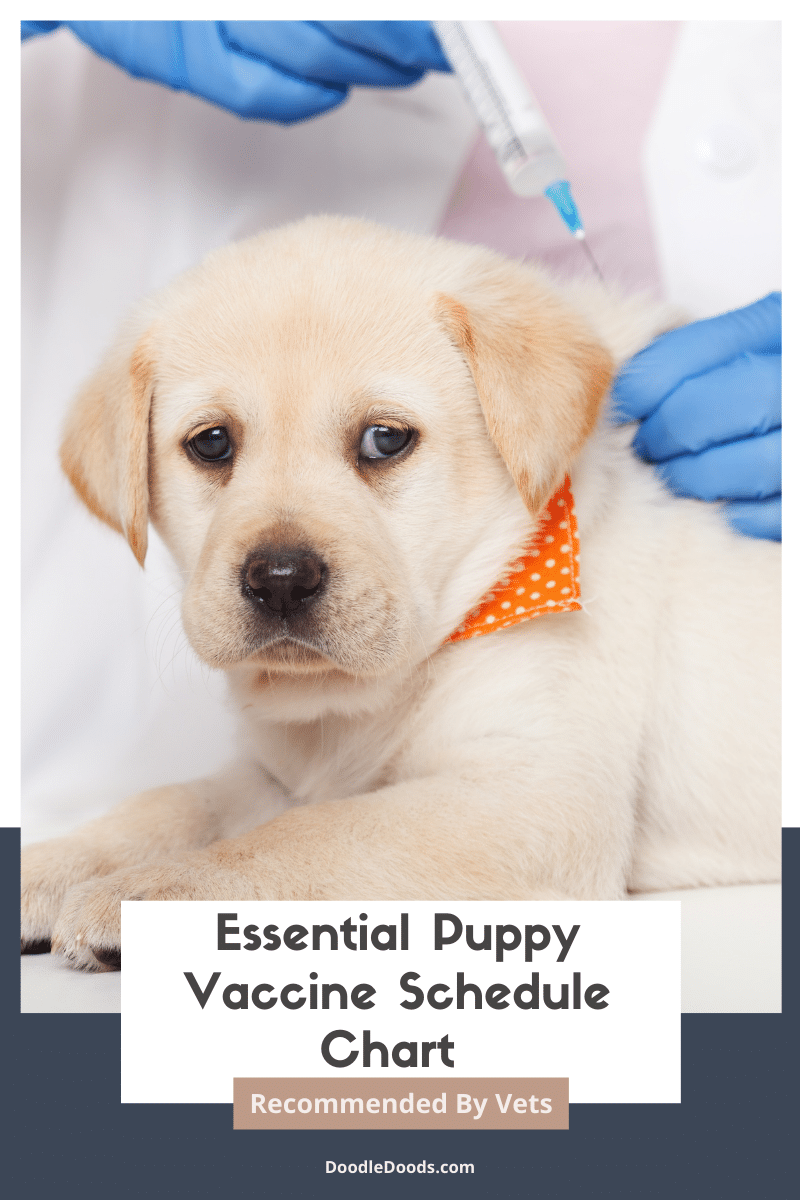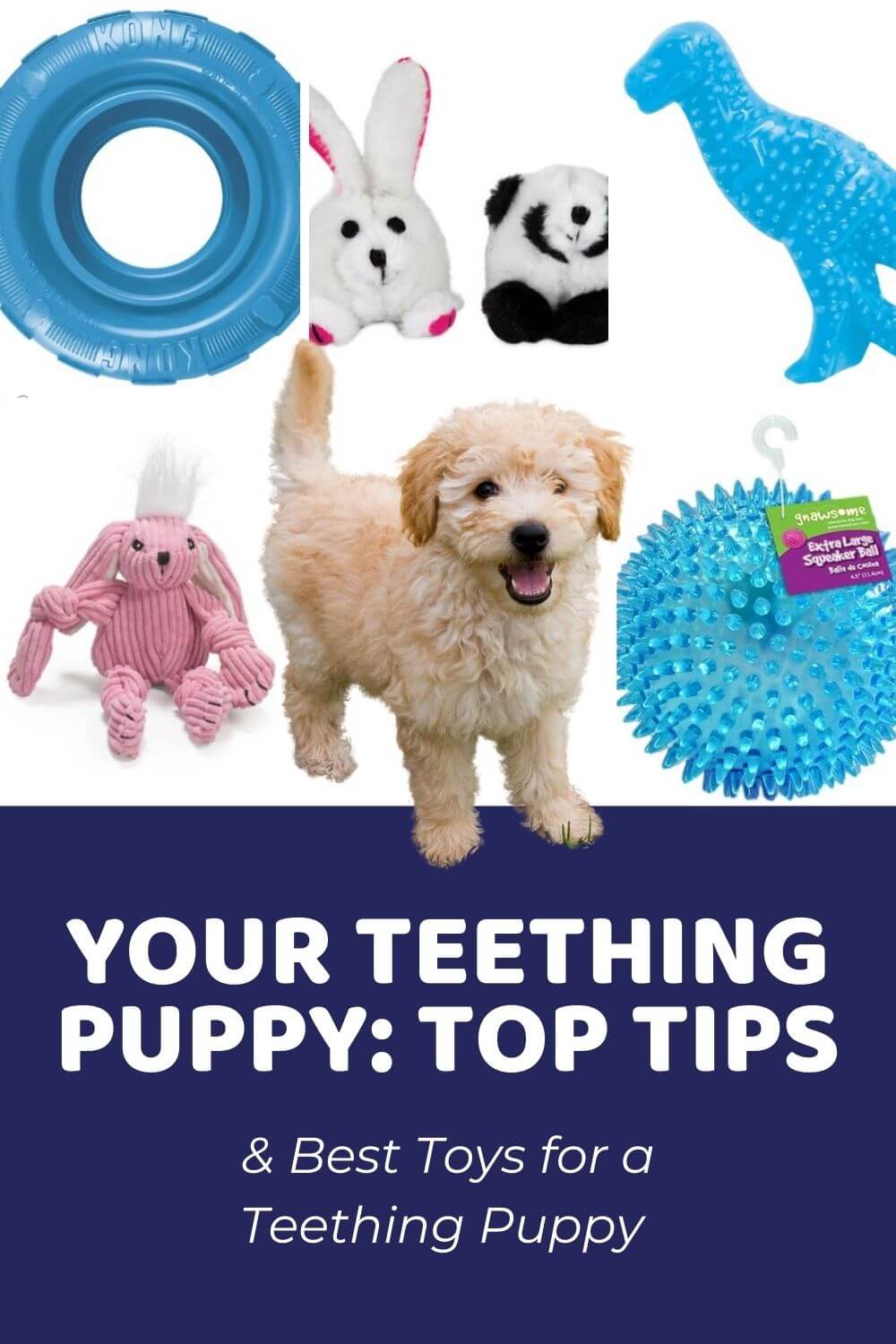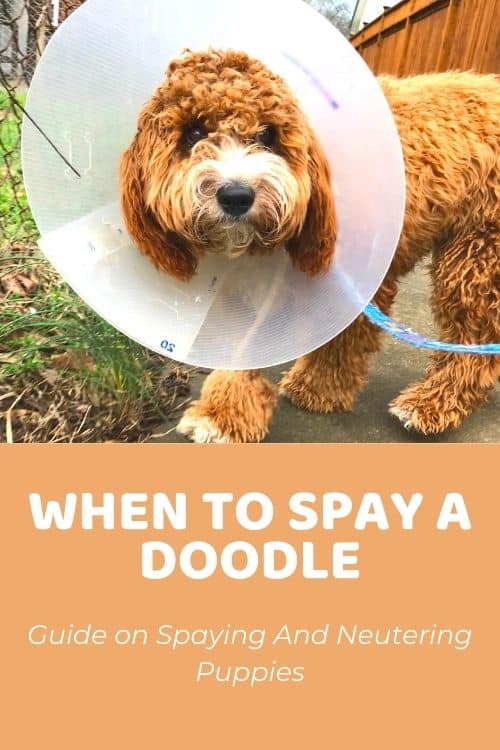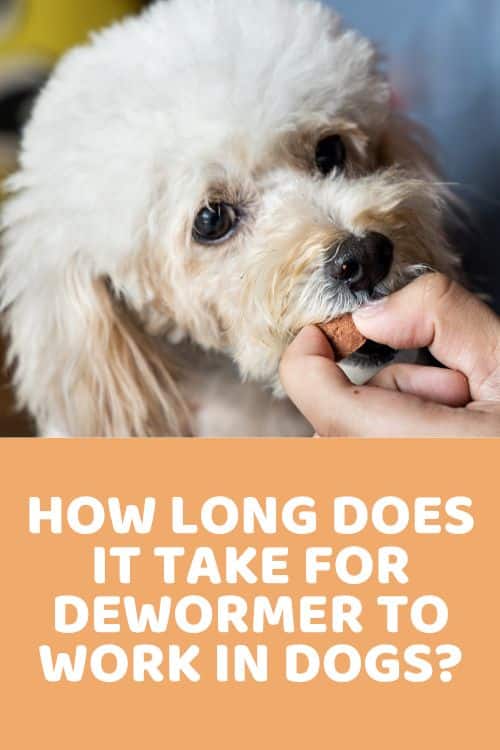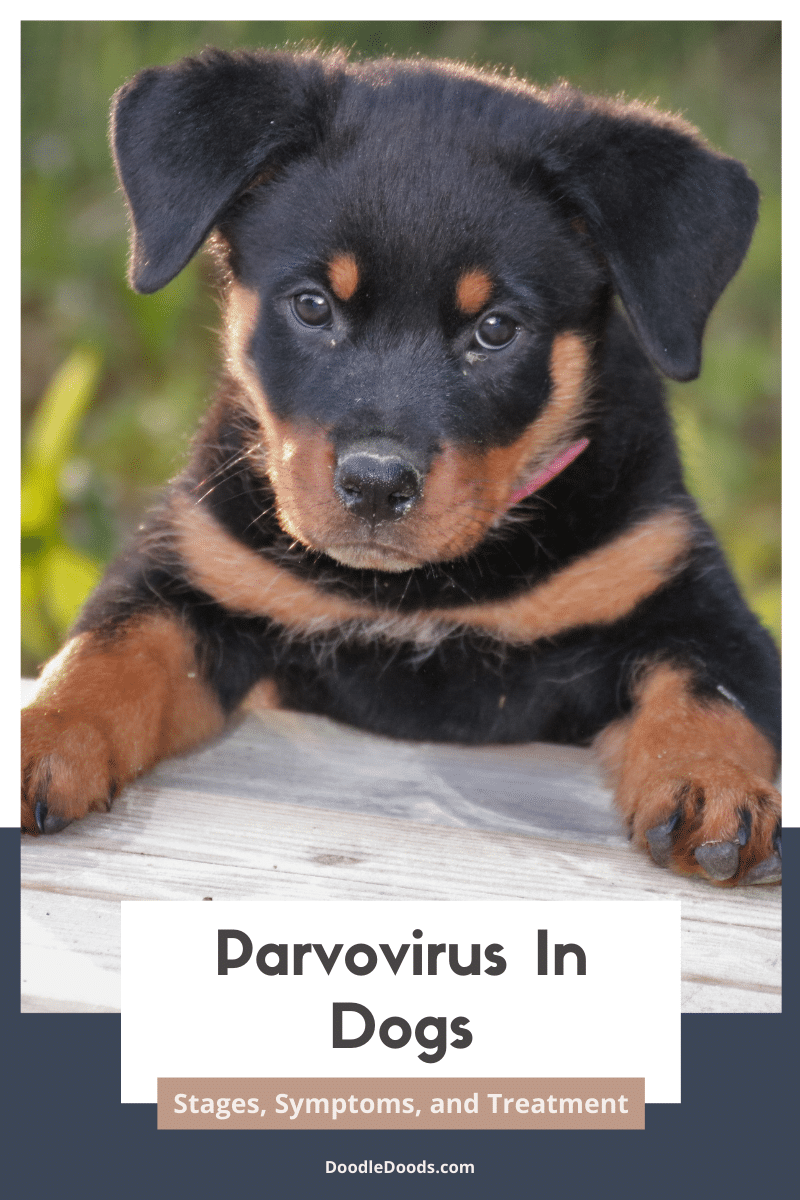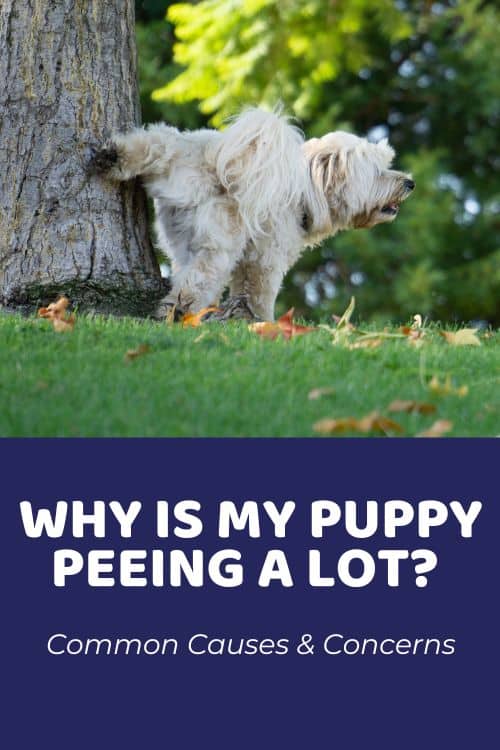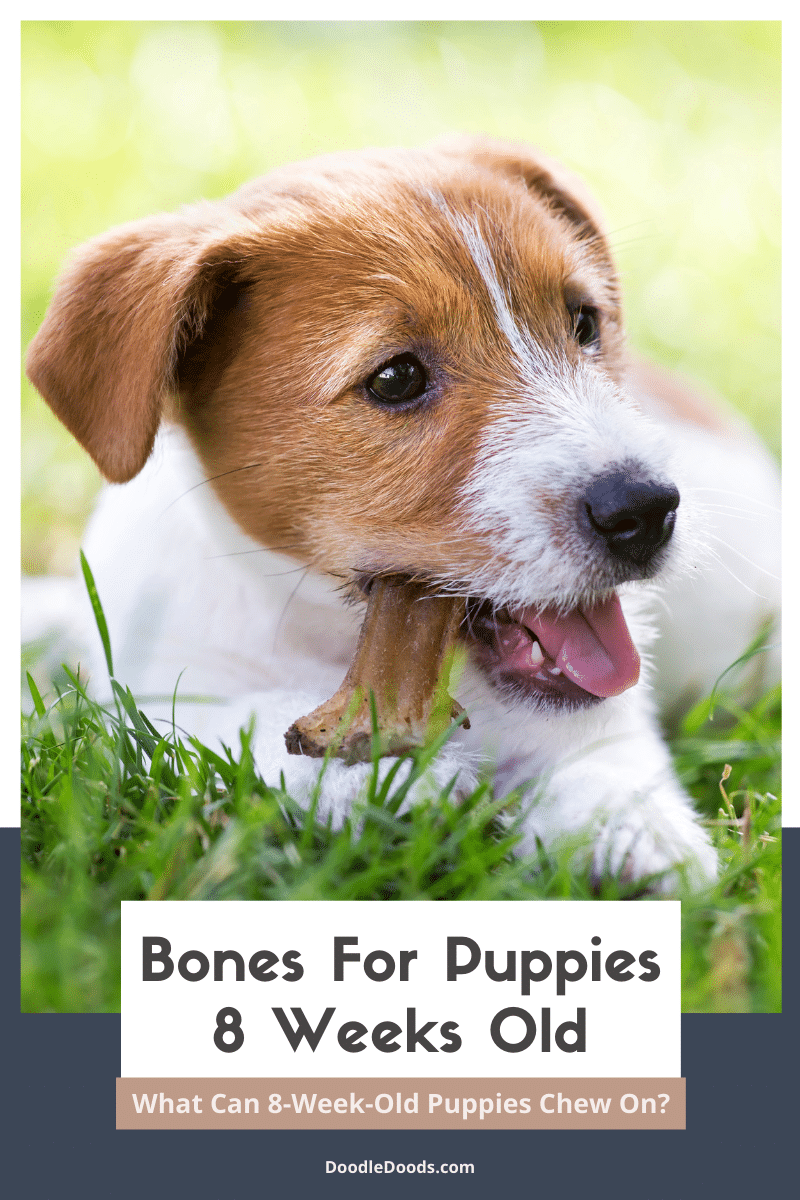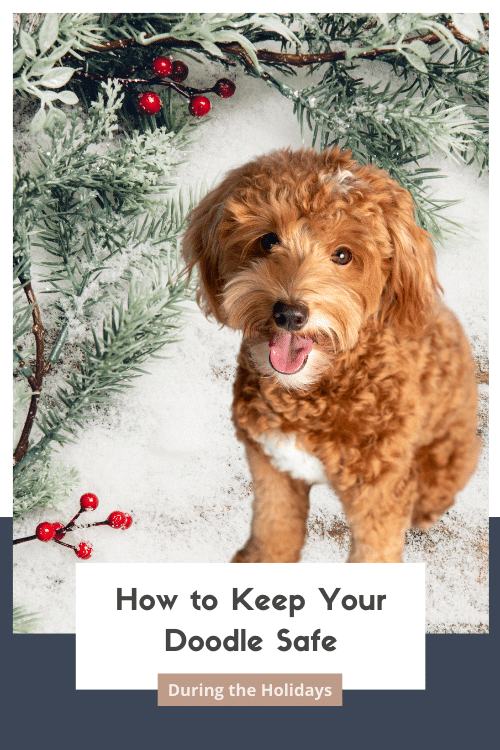One of the best parts of becoming a puppy parent is all the daily walks that you get to go on with your new pooch. But when can you start walking a puppy? And how to walk a puppy for the first time? That’s exactly what we’re going to discuss in this guide, so keep on reading to learn more.
Table of Contents
- When Can You Start Walking A Puppy: Intro
- When Can I Start Walking My Puppy?
- How Many Times Should I Walk My Puppy?
- How Long Should Be My Puppy’s Walk?
- How To Walk A Puppy For The First Time: Best Tips For Training Your Puppy For A Walk
- Can I Take My Puppy For A Walk Before Vaccinations?
- How To Stop My Puppy From Pulling On The Leash?
- When Can You Start Walking A Puppy: FAQs
When Can You Start Walking A Puppy: Intro
Are you excited to get that adorable new furry friend of yours out and about on walks? Outdoor walkies are surely an excellent way for your new pup to learn about the world around them, mingle with other pets and people, and build their confidence while strolling around.
But before you strap on your shoes and grab the leash, let’s talk about when can you start walking your puppy. You don’t want to risk their growing little body or put them in uncomfortable situations before they’re ready. So, let’s dig those paws in and fetch the facts on the right time to start walking your furry pal!
When Can I Start Walking My Puppy?
A common question we get asked is – when can you start walking a puppy? Before you start taking your little pup on walks, there are some considerations you should keep in mind. For starters, you’ll want to think about your pup’s age, breed, and overall health.
Generally, puppies can start walking short distances at 8 to 10 weeks old. However, you’ll want to keep the walks brief and avoid any strenuous exercise until they’re at least six months old. This is because puppies’ bones and joints are still developing and can be easily injured from overexertion.
But something even more important to factor in is their immune system and health. Although you might be ready to take your new puppy out for a walk as soon as you bring them home, this could actually do more harm than good. Namely because puppies should be fully vaccinated before starting to walk outside. So, the answer to your question “when can I take my puppy on a walk?” is very simple – once they’re fully vaccinated and your vet has given you the green light to do so.
So, when can puppies go on walks? Vets generally allow their ‘patients’ to explore the outside world after their first 3 or 4 sets of puppy shots. However, some may also recommend taking your new puppy out to safe locations even after the first two rounds of vaccinations. And when we’re talking about a safe location, it means that your puppy won’t come into contact with other dogs and it’s not a highly trafficked area where the ground could also pose potential health risks, such as infections and harmful bacteria.
What To Do In The Meantime?
Of course, it can get very boring very fast for your new puppy staying indoors until they turn 16 weeks old. And this in turn can lead to a wide range of behavioral issues, including destructive behaviors.
During this time you should focus on socializing your pup and providing them with plenty of enrichment at home. You’ll want to safely introduce your new puppy to people of all ages (after they’ve washed their hands and taken off their shoes!). In terms of enrichment, try to provide your pup with lots of fun puzzle games, chew toys, and play fetch or tug-of-war with them indoors. You should also start with obedience training, as it’s an excellent way to keep your pup’s mind sharp.
Moreover, use this time period at home to introduce your puppy to its leash and collar, so that they’re comfortable with them once you’re ready to go explore the great outdoors.
How Many Times Should I Walk My Puppy?
Your puppy’s exercise needs will depend on their age, breed, size, and overall health. For instance, very active breeds can certainly exercise more, as they have higher energy levels. Another thing to consider is their size. Although very large pups may look like they could handle a long walk, it could actually put them at risk of joint problems.
As a general rule, puppies under six months old should have shorter and more frequent walks throughout the day to avoid overexertion. As your puppy grows and develops, you can gradually increase the length of their walks and decrease the frequency to two walks per day. Adult dogs typically require at least one or two walks per day, with each walk lasting at least 20-30 minutes, even more for certain breeds.
However, keep in mind that every dog is unique, and some breeds may require more or less exercise than others. It’s always a good idea to consult with your veterinarian to determine the appropriate exercise routine for your puppy based on their individual needs.
How Long Should Be My Puppy’s Walk?
A general guideline for puppies is to walk them for 5 minutes for every month they’ve lived. For example, if your puppy is 4 months old, you can walk them for 20 minutes at a time. As your puppy gets older and their stamina improves, you can gradually increase the length of their walks.
Additionally, pay attention to your puppy’s behavior during their walks. If they start to show signs of fatigue or discomfort, it’s time to end the walk and head back home.
How To Walk A Puppy For The First Time: Best Tips For Training Your Puppy For A Walk
In addition to the important question of when can you start walking a puppy there’s also the topic of how to do it safely and comfortably so that both you and your pup enjoy it. Let’s talk about it.
Make Sure Your Puppy Is Comfortable With Their Leash And Collar
Before taking your puppy out for its very first walk, it’s essential to ensure that they’re comfortable with their leash and collar. Your puppy may scratch, whine, or resist wearing a collar or leash initially, especially if you haven’t given them the time to properly get used to it.
Give your puppy time to get used to the collar by leaving it on them while they are at home, before actually using the leash. Allow them to inspect and smell the leash and get used to it. This will help them become more comfortable with the leash and the walking process.
Once they feel comfortable with the collar and the leash, encourage your puppy to move around with it on by using positive reinforcement techniques, giving them praise and rewards.
Pick A Calm And Quiet Place For Your Puppy’s First Walk
A helpful tip for your puppy’s first walk outside is to pick a calm location with fewer distractions. A quiet area like your backyard or a nearby park with minimal foot traffic is an ideal place to begin. A peaceful environment will make it easier for your puppy to get used to the leash without being overwhelmed.
Start with short sessions and gradually increase the duration and distance as they feel more confident on the leash. Remember to reward good behavior with treats and praise to encourage their progress.
Bring Along All The Walking Essentials (Treats, Water Bottle, Poop Bags)
When taking your puppy on a walk, it’s important that you carry all the necessary items to keep them comfortable and safe. Needless to say, treats are an essential item to reward good behavior and encourage learning. Water is also crucial to help your puppy stay hydrated during the walk, especially in hot weather (a collapsible dog water bottle can be very helpful here!). Additionally, poop bags really don’t need any explanations. You’ll need to clean up after your dog and keep the surroundings clean.
Give Them Enough Time To Stop And Sniff
Dogs experience the world primarily through their sense of smell, and sniffing around during walks is a form of mental stimulation. Allow your puppy to stop and sniff around during the walk and explore the environment. After all, that’s the goal of taking your pup outside! It’s essential to give them enough time to indulge in their curiosities.
A healthy sniff around will not only stimulate their minds, but it can also help build their confidence. However, it’s equally important to strike a balance between letting your puppy sniff around and proceeding with the walk towards the destination. If you want to keep your pup focused on the walk, use positive reinforcement when they move along with you without stopping too much for too long to sniff.
Reward Your Puppy With Treats
Rewarding your puppy with treats is an effective way to reinforce good behavior during walks. Treats can be used to lure and encourage your puppy to walk, stay calm, or to perform specific tricks or commands. They can also provide a nice break for your pup during the walk.
However, it’s essential to use treats in moderation and select healthy options to avoid overfeeding. You can also use verbal praise, pats, and toys as rewards in addition to treats for good behavior.
But above all, make sure that you’re consistent with your positive reinforcement techniques for better results and to build a strong relationship with your furry friend.
Keep It Short
When taking your puppy on their first walk, keep in mind that they are still getting used to the leash and the outdoor environment. Not to mention, they don’t have the stamina yet to go on long walks and hikes, either.
Therefore, you should keep their first walks outside short and simple. A 10 to 15-minute walk is usually enough for a puppy’s first outing. This will help avoid overexerting and overwhelming your puppy.
At the end of the day, the goal of the first walk is to get your puppy used to being on a leash and explore the outdoor environment gradually. As your puppy grows, you can gradually increase the length and duration of their walks. However, it’s important to pay attention to your puppy’s behavior and adjust the walk length and duration accordingly.
Don’t Take Your Puppy Too Close To Other Dogs And Strangers
Puppies may get excited or feel threatened when they meet other dogs or strangers, and that can lead to unwanted behaviors. Therefore, it’s important to keep your puppy away from other dogs and strangers during initial walks, especially if your pup hasn’t completed its full vaccination just yet.
Walking your pup in areas where there’s limited dog traffic is highly recommended, so they can get used to the sights and sounds of their new environment without getting overwhelmed or putting them at risk of infections.
As your pup grows more confident, gradually introduce them to other dogs in a controlled environment, such as a dog park or a playdate with a friend’s dog. Remember that socialization is essential for your puppy’s development, but always keep an eye on their interactions and use positive reinforcement to encourage good behavior.
Can I Take My Puppy For A Walk Before Vaccinations?
It’s best to avoid taking your puppy for a walk before their vaccinations are complete. Puppies are susceptible to a range of illnesses and diseases, and their immune systems are not yet fully developed to fight off infections. Depending on where you live, you may need to wait until your puppy has received all their necessary vaccinations before taking them outside.
However, it’s still important to socialize your puppy during this time. You can organize puppy playdates in your backyard or invite friends with dogs over. Just make sure that all the dogs are up to date on their vaccinations and generally healthy.
What’s more, you can start training your puppy indoors in a safe and controlled environment. Once your puppy has received all their vaccinations, you can gradually introduce them to outdoor walks and adventures. Nonetheless, it’s always a good idea to consult with your veterinarian beforehand to determine the best time to start outdoor walkies.
How To Stop My Puppy From Pulling On The Leash?
If you’re dealing with a puppy that pulls on the leash, don’t worry. This is a common issue and there are plenty of training techniques to help. Here are a few tips to help teach your puppy to walk on a leash without pulling:
- Use short, frequent training sessions to gradually teach your puppy not to pull on the leash.
- Start by using a front-clip harness or head collar, so your puppy learns not to pull. Later, you can move to a standard collar or back-clip harness.
- Reward your puppy for good leash behavior. Give treats or praise when they walk calmly without pulling.
- Practice heel training, where you teach your puppy to walk closely beside you, rewarding them for staying in the correct position.
- Stop walking when your puppy pulls on the leash. This teaches them that pulling gets them nowhere, and they only continue walking when the leash is slack.
- Use positive reinforcement training techniques and never punish your puppy for pulling on the leash. Positive reinforcement is a better way to encourage good behavior. In fact, any sort of negative reinforcement will only damage your relationship with your pup and will likely make them fearful of you.
Remember, training a puppy takes patience and time. Persistence is key to help teach your furry friend good walking habits on the leash. But with some dedication and consistent training, you can help your puppy become the perfect walking companion!
When Can You Start Walking A Puppy: FAQs
Yes, you can take your 12-week-old puppy for a walk. However, keep in mind that the walks should be short and frequent to avoid overexertion. Also, ensure that your puppy is up to date on their vaccinations and avoid taking them to areas with high dog traffic until they receive all the necessary vaccines. As they likely haven’t completed their full vaccination schedule by 12-weeks of age, we recommend you limit their walks to your backyard, provided that other dogs or animals don’t have access to the area.
Some vets do say that you can walk your dog after they have received 2 vaccinations. However, it’s important to consult with your vet beforehand to ensure that it’s actually safe for your pup.
At 8 weeks of age, your puppy has just arrived home (if you’ve adopted them from a reputable breeder). At this time, your pup’s outdoor adventures should be limited to potty breaks in their designated potty spot in your backyard. As they haven’t received their crucial vaccines just yet, you shouldn’t take them outside where other dogs or people walk.
Yes, it is okay to carry a puppy, especially if they are tired or unable to walk. You can also carry your pup or put them in a carrier when going outside before they’ve been fully vaccinated. This way, they’ll still get to look around and already explore the world around them at a safe distance.
However, once your puppy is fully vaccinated and ready to mingle, try to keep the carrying at a minimum, as you don’t want to prevent them from experiencing new things. Remember, this is essential for their development. Additionally, as puppies need exercise, try not to carry them all the time. Instead, you should encourage them to explore the world on their own four paws.
It’s usually best to walk your dog when it’s cooler outside to avoid overheating in hot weather, so either early in the morning or later in the evening. Dogs with thick fur coats or short snouts are more prone to overheating, and their walks should be restricted to cooler parts of the day. It’s your responsibility to keep your pup safe and comfortable during the walk, so adjust the time of day you walk them to suit their needs.
When Can You Start Walking A Puppy: Final Thoughts
Walking your puppy can be a rewarding experience for both you and your furry friend. We hope this guide answered your question “when can I start walking my puppy?” so that both you and your pup are ready to explore all that the world has to offer. Keep in mind to take the right precautions during walks and use positive reinforcement techniques. This way, your new puppy will grow into a well-behaved and confident dog. Remember to start slow, give your puppy time to adjust, and keep the walks playful and fun. And before you know it, you’ll have a happy and confident pup ready to tackle any walk.
Learn How to Stop Shavedowns For Good & Keep Matting At Bay!

Discover the PROPER Doodle coat care routine that gets your pup to cooperate…helps you nip tangles in the bud…and gets groomers to do exactly what you want.
Plus, get $520 worth of Bonus Materials for FREE, including:- Doodle Parenthood Community and Support Group ($190 value)
- Custom Doodle Coat Care Plan Lifetime Access ($75 value)
- Easy to Use Doodle Grooming Tracker ($20 value)
- And MORE!




